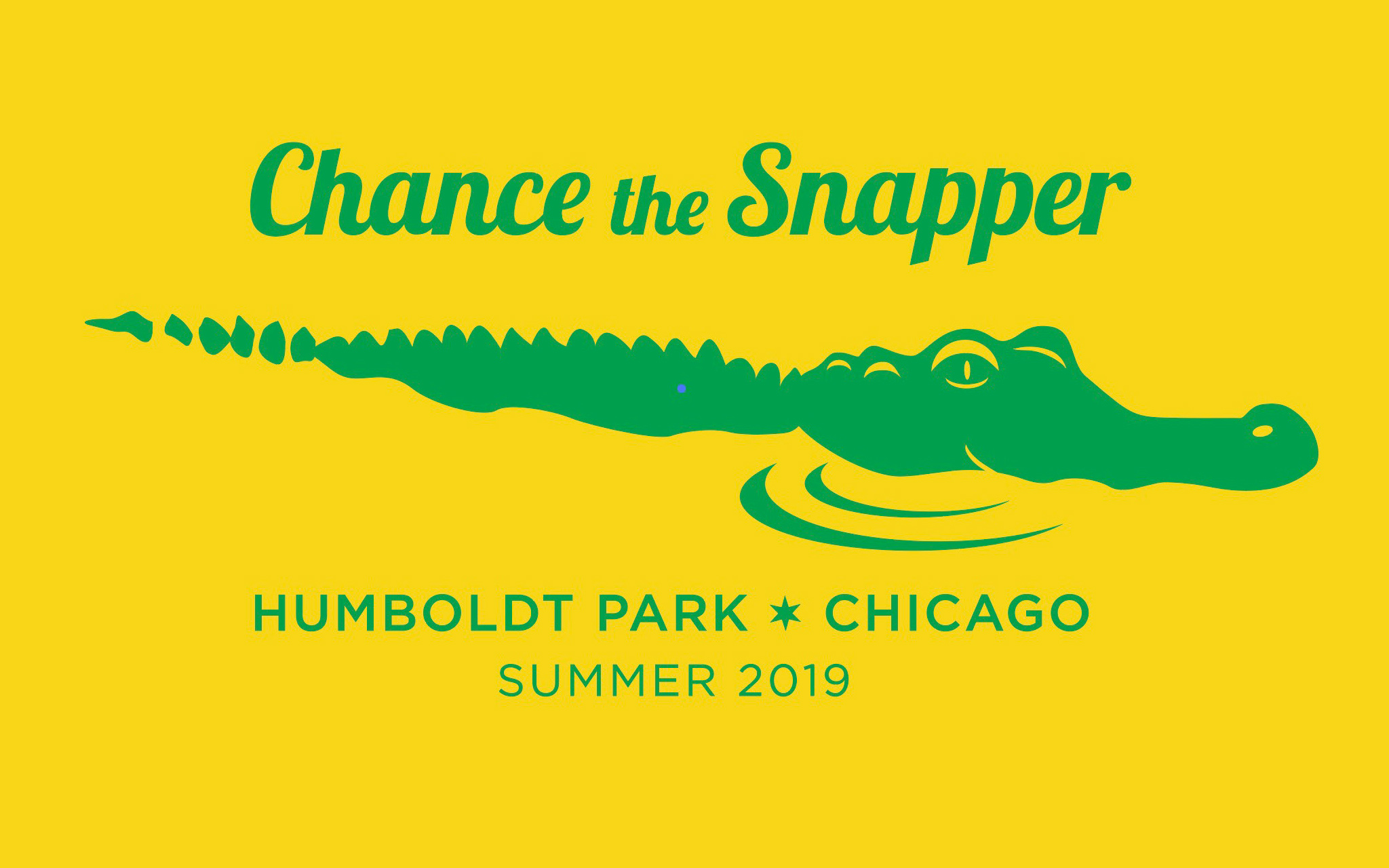Chicagoans already know the story. For non-locals, here’s a quick recap:
For the past week, there was an alligator living in the Humboldt Park Lagoon. No, alligators are not endemic to this part of the country. It’s unclear how the 4-5 foot-long gator got there. And it evaded capture for seven days until finally being caught Tuesday morning. Turns out it’s pretty hard to wrangle a prehistoric reptile that can stay underwater for 30 minutes and can eat your hand like a slice of deep dish.
Naturally, social media is having a field day with this one.
Newsfeeds have been blowing up with an onslaught of gator-centric hashtags, memes, and general tomfoolery. There’s an ongoing contest to name the gator (so far, Chance the Snapper is the clear frontrunner). Some have speculated that it could have been part of some viral marketing stunt. And Benny the Bull even showed up to assist in the effort to capture the gator.
The point is this: the Humboldt Park Gator is a big deal. Already destined to go down in Chicago folklore, this scaly scalawag has achieved the sort of viral attention that brands dream of. So, what is it that makes certain kinds of content especially share-worthy?
Well, animals are good. Especially cute ones. In the same vein, babies or toddlers, especially if they do something sassy.
But in general, the key to viral content is the unexpected. It tends to be born from spontaneity rather than careful planning. Brands aiming for virality are likely to be let down, as they risk being perceived as trying too hard.
Your best bet for effective social media is still authentic content and a sound, well-thought-out strategy. It’s tempting to try to be the next internet sensation, but making viral content is like…well, like trying to wrestle an alligator.

